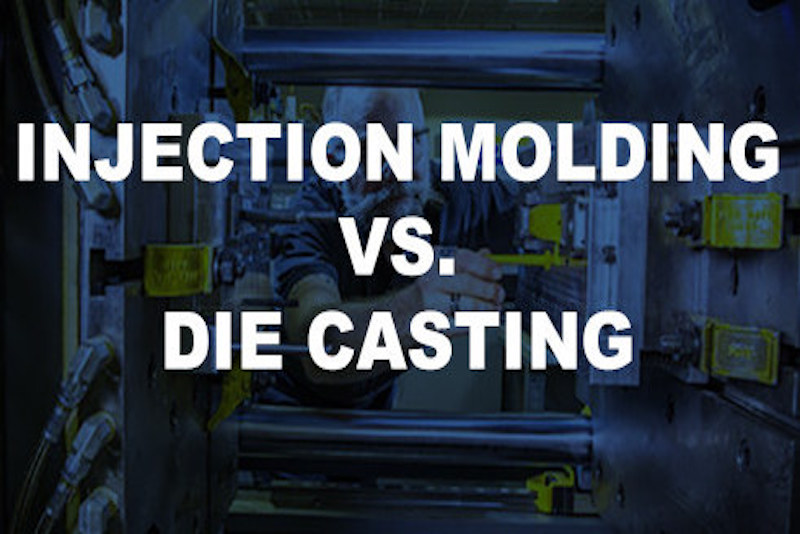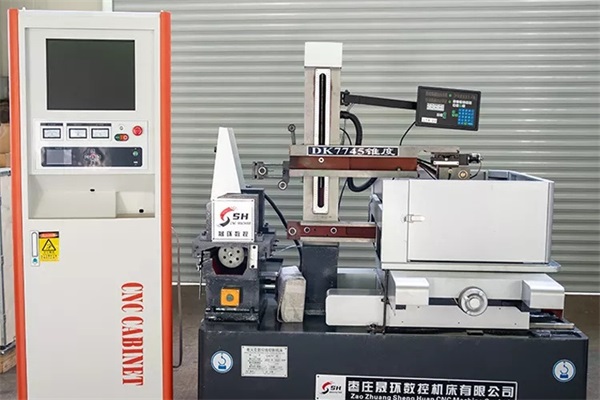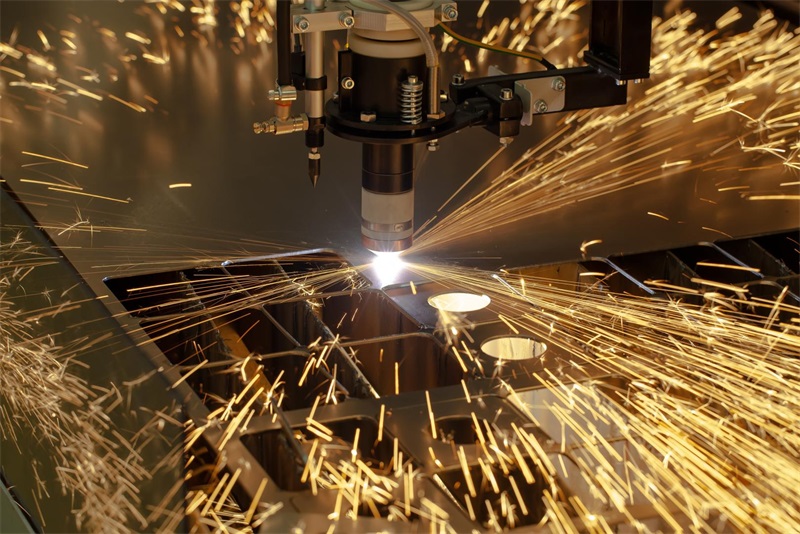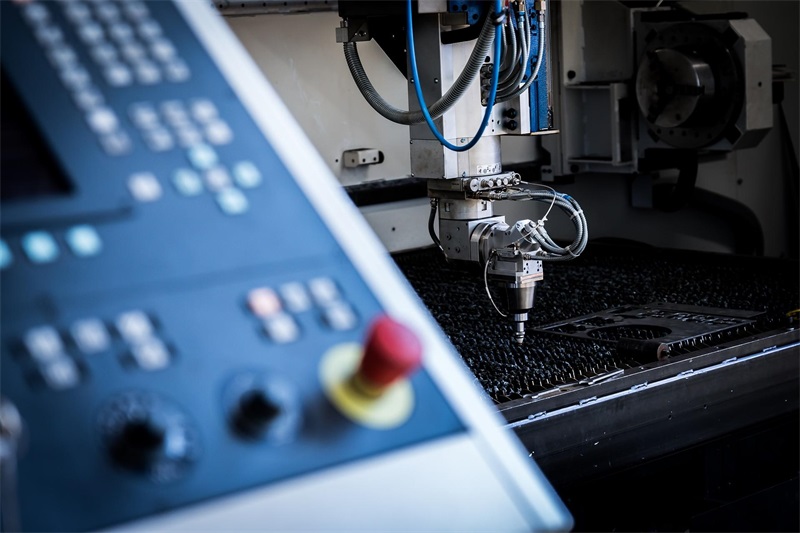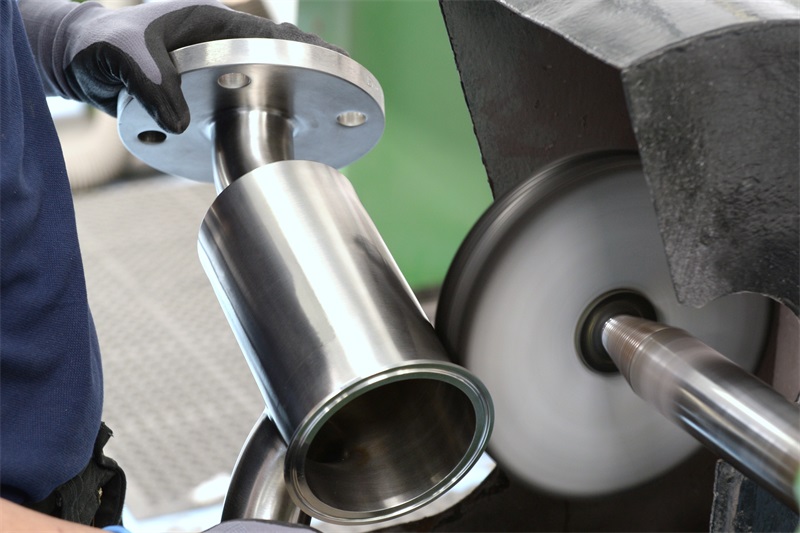In the realm of modern rapid manufacturing, a comprehensive understanding of the disparities between die casting & injection moulding holds significant importance. This exploration delves into the nuances of these two distinct techniques, providing readers with invaluable insights. Acquiring a clear comprehension of these divergent methods equips newcomers and experienced professionals to make informed decisions within the dynamic landscape of production.
Table of Contents
- 1 Die Casting & Injection Moulding – Mastering Die Casting: Forging Metal Marvels
- 2 Die Casting & Injection Moulding – Injection Molding: Crafting the Future with Molten Precision
- 3 Distinguishing Die Casting & Injection Moulding: Unveiling Key Disparities
- 4 Die Casting & Injection Moulding Cost and Efficiency: Navigating Economic Realities
- 5 Conclusion of Die Casting & Injection Moulding
Die Casting & Injection Moulding – Mastering Die Casting: Forging Metal Marvels
In the domain of manufacturing prowess, the die-casting technique emerges as an undeniable marvel. It orchestrates a dynamic interplay of molten metal and controlled pressure, resulting in components that defy the confines of imagination.
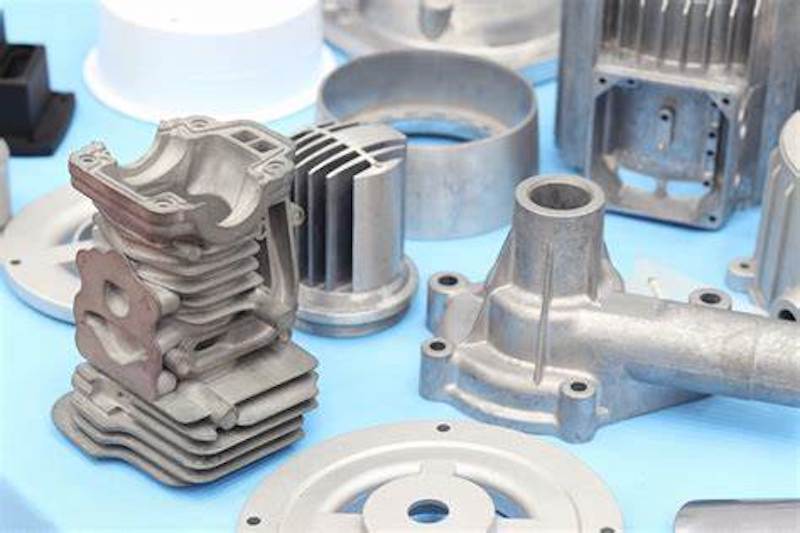
The Force Behind the Magic
Envision this: molten metal, compelled by formidable pressure, surges into a precisely carved mold cavity, meticulously sculpting itself to flawless perfection. This artistry unfolds within tool steel dies, intricately shaped through the craftsmanship reminiscent of an artisan’s touch. It’s a symphony where liquid metal finds its intrinsic purpose, solidifying into a symmetrical embodiment of precision.
Crafting Complexity with Finesse
Die casting flourishes in scenarios where finesse governs the outcome. These intricately designed components, teeming with elaborate details, find their true calling in this method. Think of intricate gears, meticulously fashioned cylinder heads, and pivotal connecting rods. It’s akin to breathing life into the machinery that propels our world and die casting accomplishes this with a sense of artful finesse.
Intricacy Meets Efficiency
In the juncture where intricacy converges with efficiency, die casting ascends to its zenith. The displayed precision is nothing short of remarkable, while the resulting surface finish exudes an exquisite quality. This practice transcends the mere production of components; it’s the meticulous craft of shaping these elements with impeccable dimensional harmony. Noteworthy industries like automotive, aerospace, and electronics hum in acknowledgment of its unparalleled prowess.
A Glimpse Beyond the Surface
However, as we unravel the chronicle of die casting’s brilliance, it’s essential to recognize that it’s not a panacea for all manufacturing endeavors. Its finesse is confined within its scope, and in the realms beyond, techniques such as injection molding weave their distinct enchantment. The manufacturing landscape is an intricate tapestry, and pressure die casting stands as a singular thread, albeit one that gleams with resplendent significance.
Die Casting & Injection Moulding – Injection Molding: Crafting the Future with Molten Precision
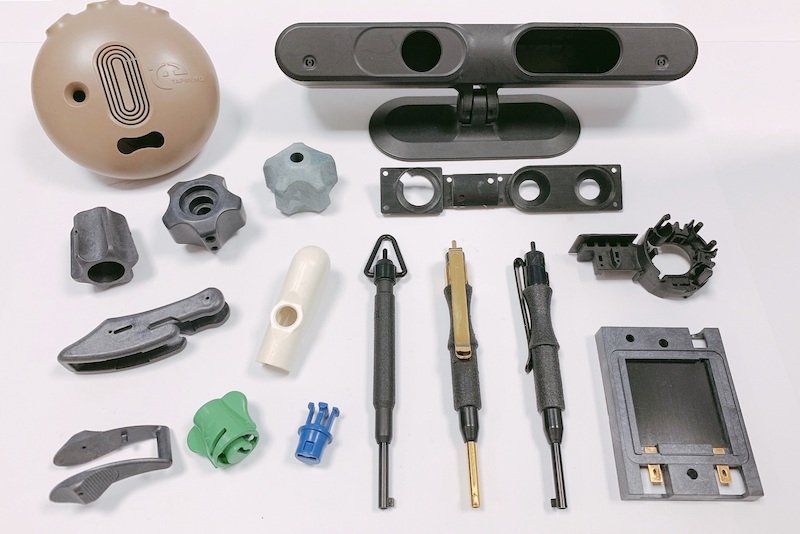
The Refined Art of Injection Molding
Consider this scenario: a river of molten material, flowing into a meticulously crafted mold—a practice encapsulating the very essence of injection molding. This method marries the interplay of heat, form, and ingenuity to meticulously sculpt components that faithfully mirror the intent of a design.
The Intricacies of the Process Unveiled
Here’s the unfolding of the procedure: the raw material, in its foundational state, enters a heated barrel, akin to the crucible of an alchemist. At this juncture, it transforms, seamlessly intertwining with the realm of possibility. Propelled by a surge of precision, it enters the mold cavity, taking on the desired shape through a delicate dance of cooling and intention. This malleable liquid transforms into solidity, etching its form onto the very configuration of the mold—emerging as a newly crafted creation, born from the visionary blueprint.
A Multifaceted Tapestry of Applications
Injection molding’s realm of influence extends across diverse industries, extending its prowess to shape an array of components. From the minutiae of intricate elements to the grandeur of car body panels, its versatility unveils designs as intricate as the gears of a watch and as expansive as a car’s facade. Materials, ranging from metals to confections, are seamlessly guided by its orchestration, while thermoplastics and thermosetting polymers lead the symphony of transformation.
Crafting Tomorrow, One Component at a Time
Bear witness to this symphony of mastery in sectors where repetition converges with perfection—automotive, medical devices, construction, packaging, and realms beyond. This alchemical process begets identical components, a harmonious symphony of creation through repetition. Its allure stems from its flexibility in material and form, the efficiency of replication, and the profound capability to shape high-stress tolerance components.
A Vast Expanse of Creative Endeavors
Yet, remember, plastic molding holds its unique position in the realm of creation. Beyond its sphere, a cosmos of manufacturing techniques flourishes. It’s within the comprehension of the role each technique plays that we can deftly orchestrate the symphony of manufacturing, sculpting a world where the amalgamation of form and function resonates in perpetual harmony.
Distinguishing Die Casting & Injection Moulding: Unveiling Key Disparities
Within the realm of manufacturing techniques, die casting and injection molding diverge remarkably, each embracing distinct materials to achieve their end goals. This section delves into four fundamental distinctions that set these techniques apart:
Materials Utilized in Die Casting
Die casting predominantly employs metals as its material of choice. This technique, often referred to as “die-casting,” is renowned for its ability to shape molten metals, such as aluminum, zinc, and magnesium, into intricate components with precision. The process’s high-pressure environment, coupled with metals’ exceptional heat conductivity, leads to rapid solidification and impeccable detail.
Materials Employed in Injection Molding
In contrast, injection molding primarily revolves around plastics—thermoplastic and thermosetting polymers, to be precise. The versatility of plastics is a hallmark here, allowing for a wide array of applications. The process involves melting the plastic material and injecting it into a mold, where it cools and solidifies, adopting the mold’s shape. This adaptability renders injection molding suitable for manufacturing everything from consumer goods to intricate medical devices.
Material Transformation
Die casting metals undergo a transformation from their solid to molten state under the influence of heat. The high pressure then shapes and solidifies them within the mold’s contours. On the other hand, injection molding witnesses the transformation of plastic materials from their solid to molten form due to heating. The molten plastic is then injected into the mold, where it solidifies to its intended configuration.
Die Casting & Injection Moulding – Scope of Applications
Die casting’s affinity for metals finds its niche in industries such as automotive, aerospace, and electronics, where metal components with precision are pivotal. Conversely, injection molding’s plastic prowess resonates in various sectors, including packaging, medical devices, toys, and consumer appliances, where intricate plastic shapes with fine surface finishes are indispensable.
In the realm of dynamic manufacturing, the unique brilliance of die casting and injection molding shines brightly in matters of cost and efficiency. This section deftly unveils their distinctive approaches, illuminated through four pivotal facets:
Die Casting’s Velocity and Precision
Die casting stands tall with its swift production and impeccable precision. However, this finesse might demand a higher investment due to the substantial outlay on casting equipment and molds. Its zenith lies within high-volume production, where its efficiency gleams with resolute radiance.
Injection Molding’s Pragmatic Approach
In stark contrast, injection molding presents a pragmatic front. Its lower tooling costs render it an economical choice for mass production. Yet, it meanders through a different terrain concerning per-part costs, potentially ascending due to elongated cycle times, particularly for high-performance materials.
Conclusion of Die Casting & Injection Moulding
In the tapestry of manufacturing techniques, distinct brilliance surfaces. Choosing wisely ensures tailored excellence in your manufacturing endeavors.
Besides from die casting and injection moulding, TEAM Rapid also offers rapid prototyping, 3d printing services, and CNC machining services to meet your projects needs. Contact our team today to request a free quote now!
